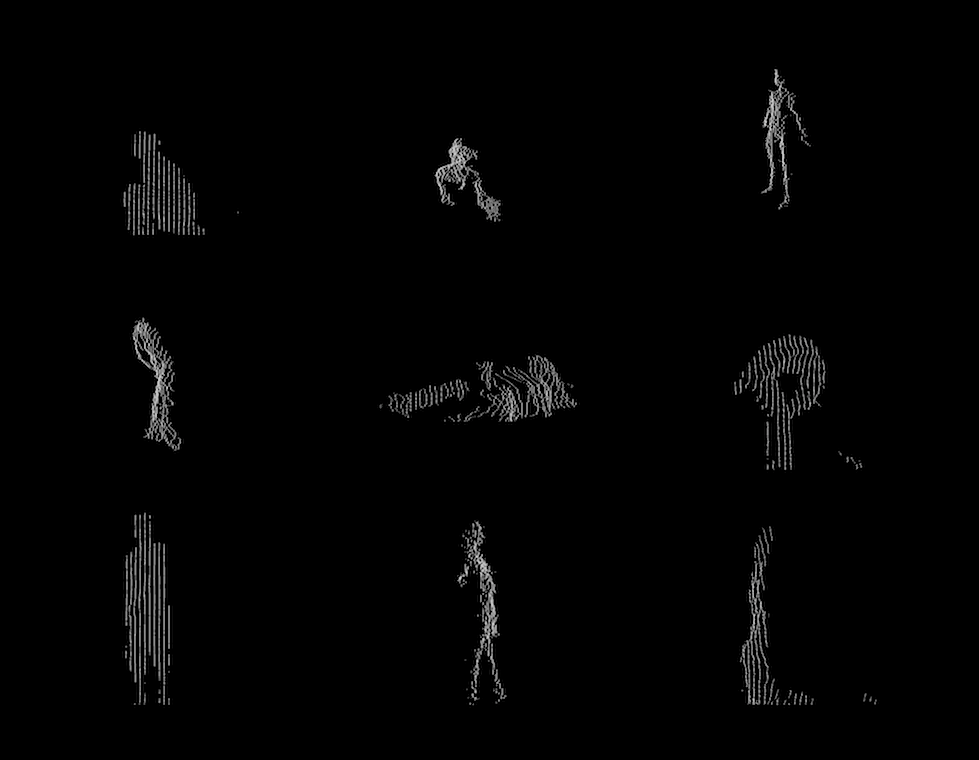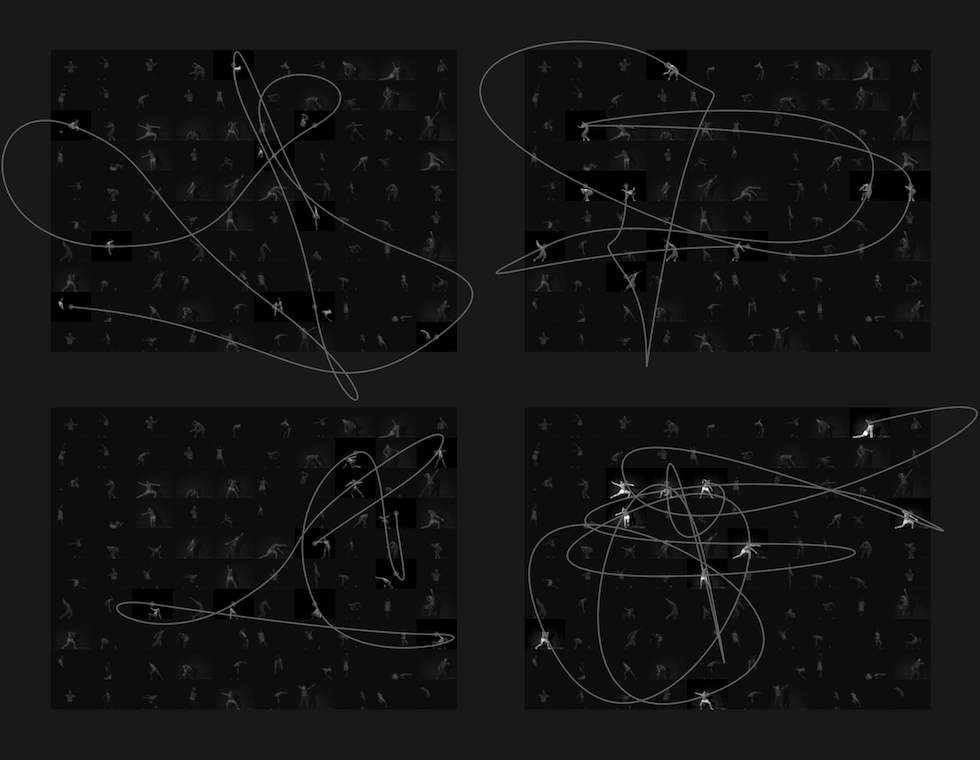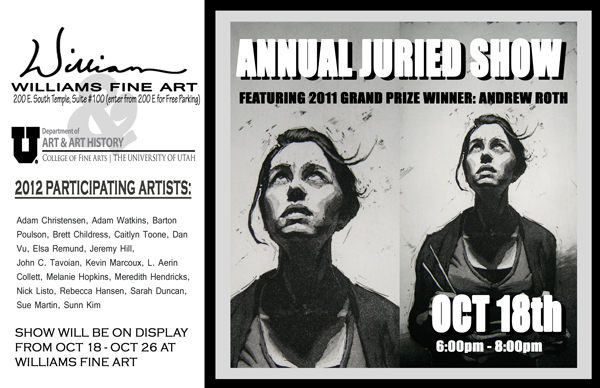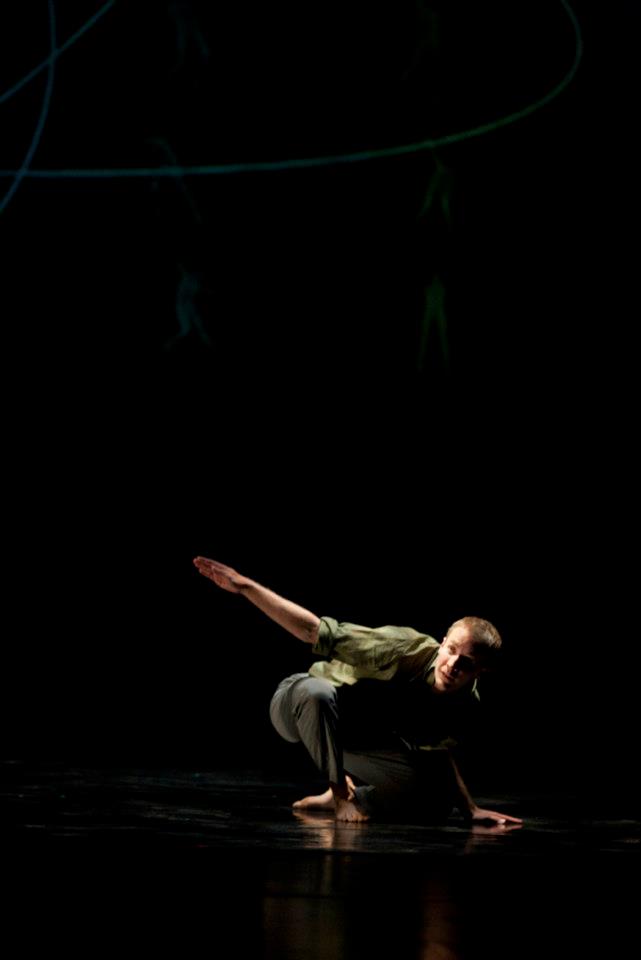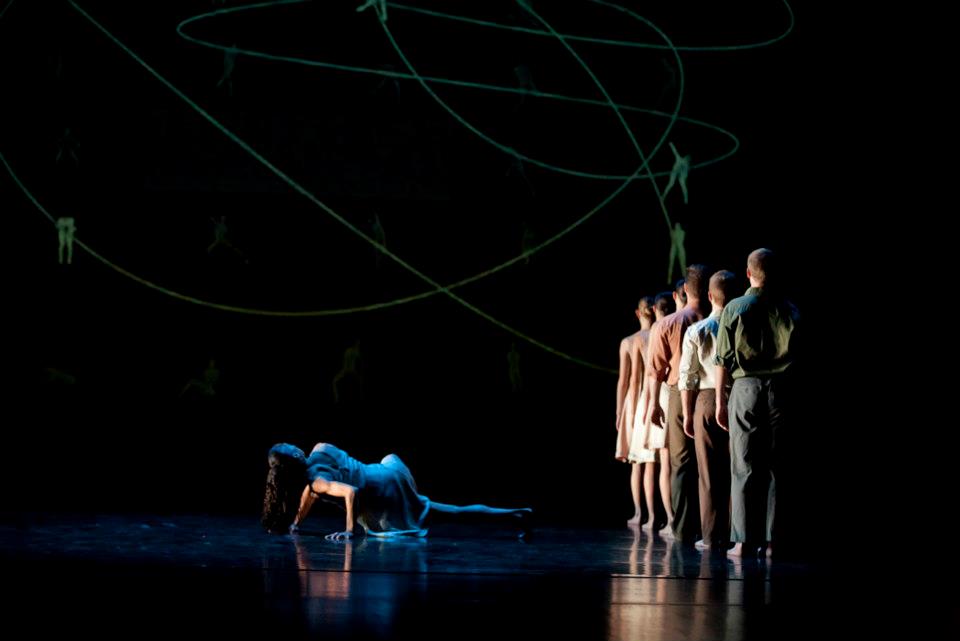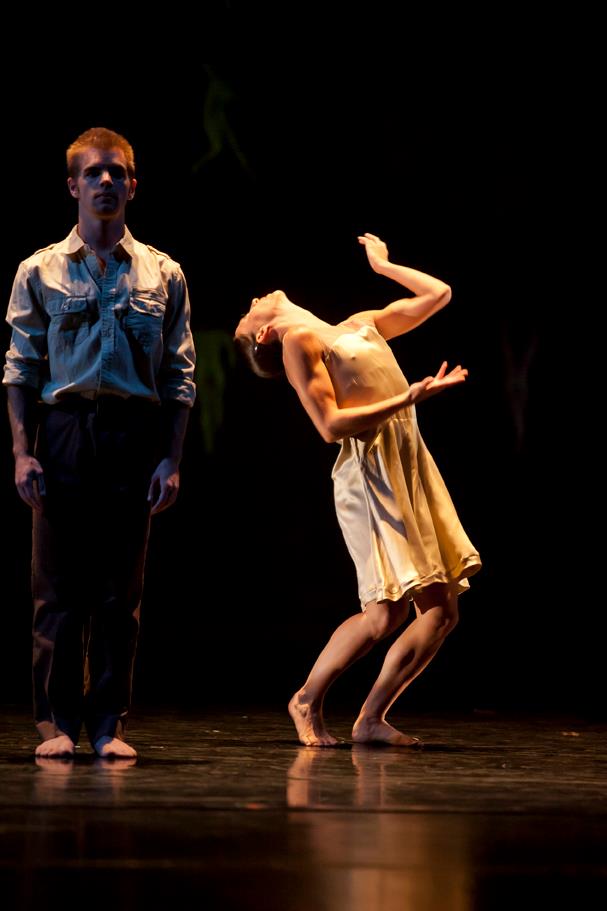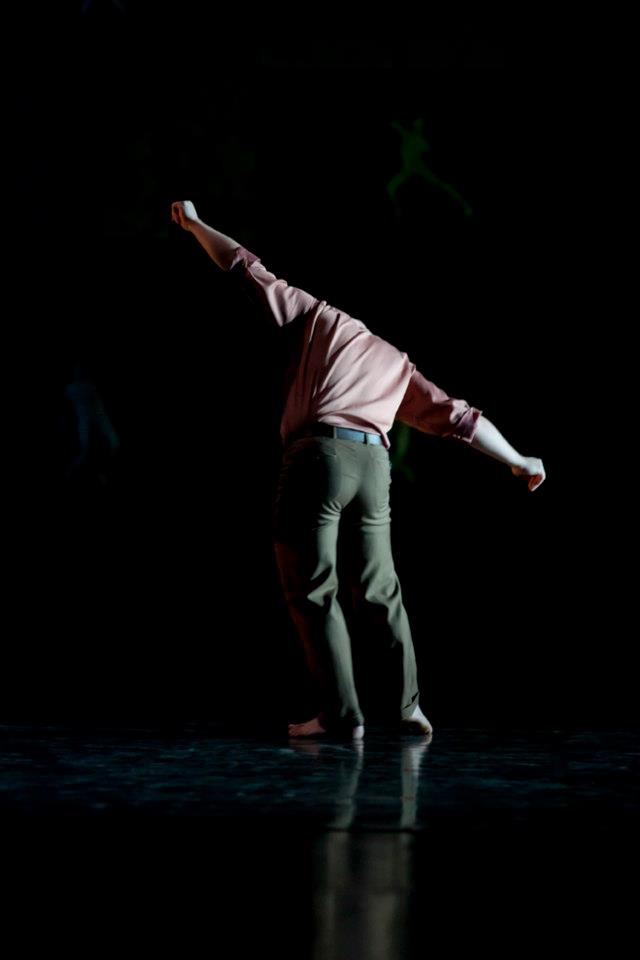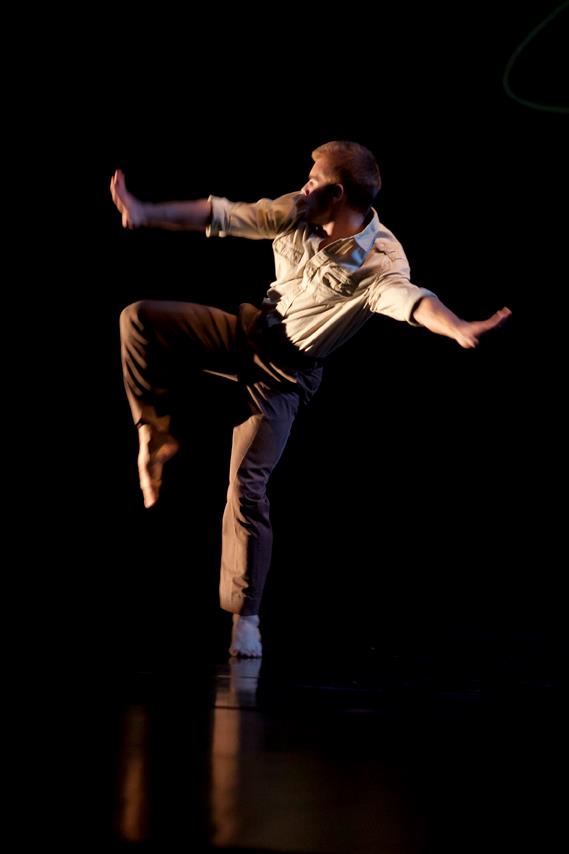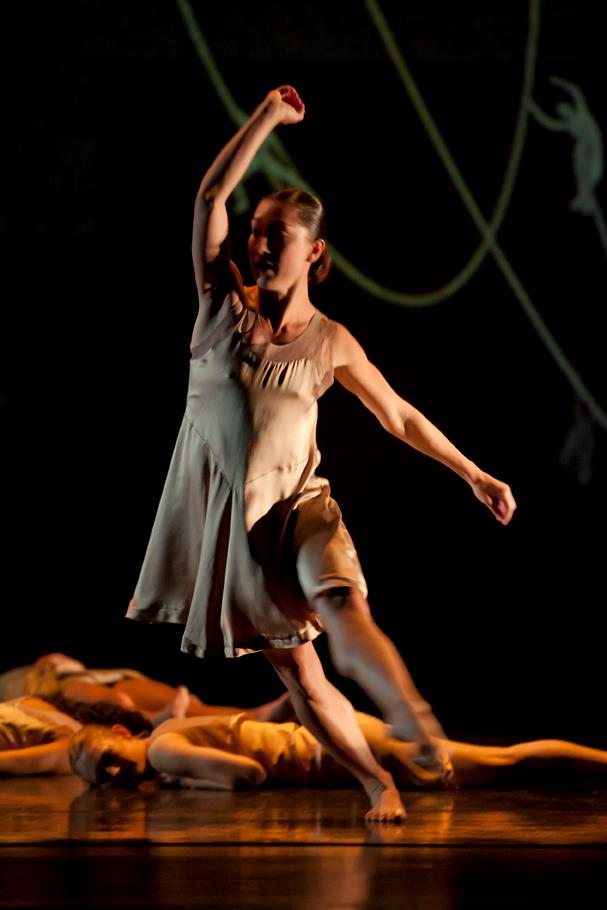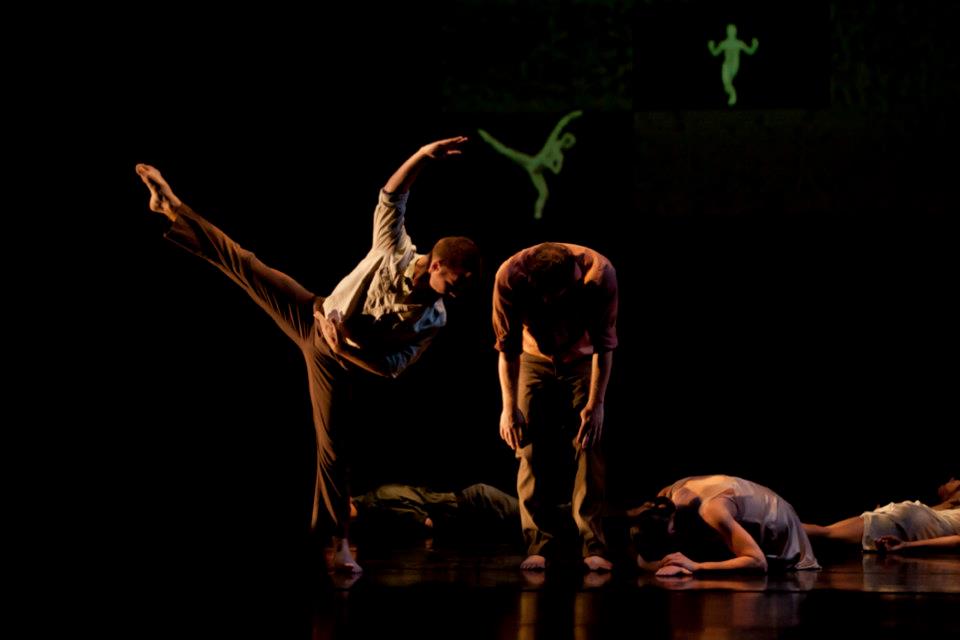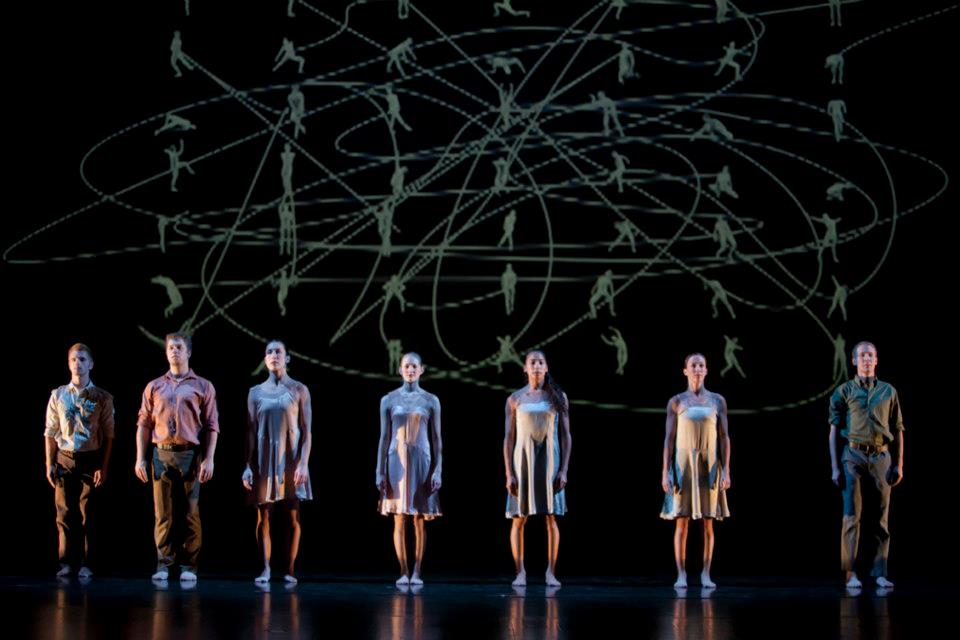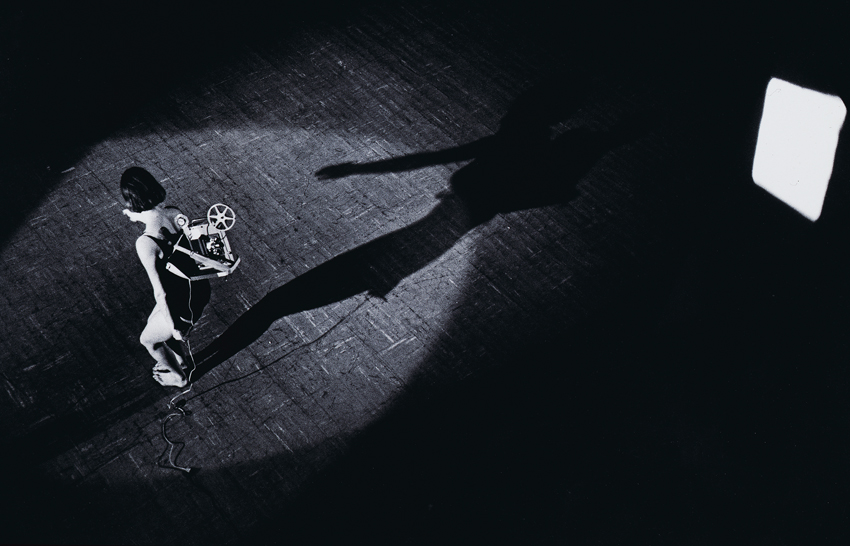As one more surprising development in my artistic life, I created some still pieces based on the dance visualization project that I did at the U of U (see this entry) and submitted them to the annual juried show for U of U art students at Williams Fine Art, a long-standing art gallery in Salt Lake City. Shockingly, I got accepted! (See, I'm the third person on the list.)
In the process, I gave a little theoretical background on the pieces I created. Here's what I put in my rather lengthy artist statement:
Dance is a challenging medium. It is notoriously ephemeral, as it disappears once the performance is finished. It is temporal, as it is always viewed in a particular order: first the beginning, then the middle, and then the end. And dance is situated, as the viewer typically has a single visual perspective throughout the entire performance.
In a series of experiments called “Danco kaj la universala okulo,” which is Esperanto for “Dance for the universal eye,” alternative to each of these characteristics were explored. To do so, ten dance performances were recorded with a Microsoft Kinect to get digital video and 3D motion capture data, which were then manipulated in Processing.
The first manipulation, “Danco 1: Preter spaco” (“Dance 1: Beyond Space”), presented point clouds – 3D pixel images – of the dancers. Viewers could change their perspective of the dance at will, even during the live performance: zooming in and out, rotating left and right, or going above or below the dancers.
The second manipulation, “Danco 2: Preter ordo” (“Dance 2: Beyond Order”), which is the basis of this print, was an interactive application that placed frames from all ten dances in random order. However, viewers could click on a frame and all of the frames from that dance would be highlighted and connected in order by a curving line. (The line is a Catmull-Rom spline with a random tension factor.) Viewers could then click a button and the selected frames would reassemble themselves in temporal order. As a note, this piece provided the seed for a recent multimedia and dance performance for Repertory Dance Theatre called “Hello World,” which was created with choreographer Jacque Bell.
The final manipulation, “Danco 3: Preter tempo” (“Dance 3: Beyond Time”), derived skeleton views from the pixel data and then accumulating figures as the dance progressed. In this way, the entire dance was simultaneously present as a unitary whole.
The prizes at the show went to actual artists, which is not surprising (although UVU did give me their own whopper prize a few months ago with the fellowship for Dance Loops). The show, however, was a fabulous experience and – hopefully – the first first of many to follow.
[And, yes, I do/did own a beret. However, I don't have any idea where it is. And I don't have any black turtlenecks, so I guess I have to pass on the artist image.


